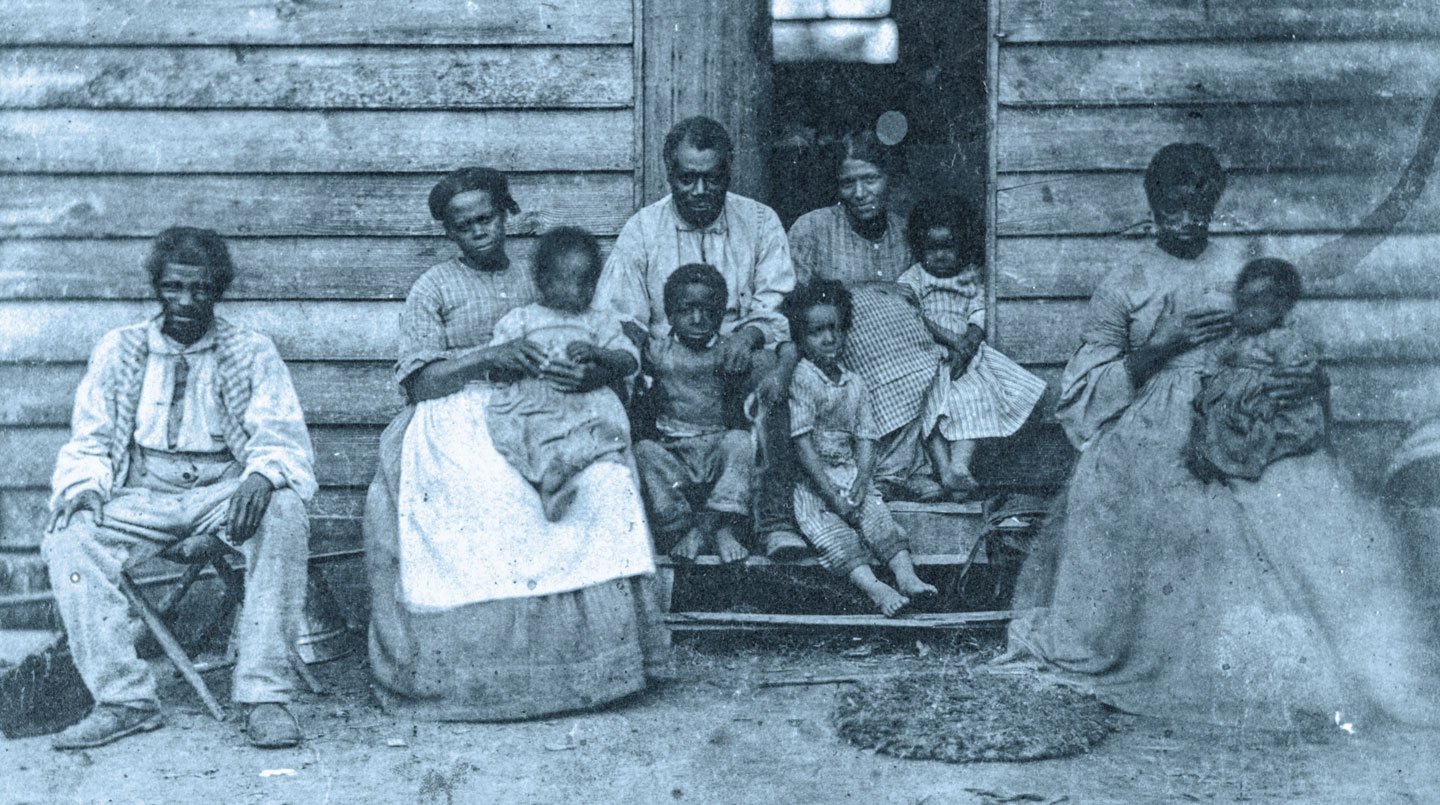Elizabeth Williams survived the brutality of growing up enslaved in the South. She endured the terror of the fighting during the Civil War. But there was one thing she couldn’t accept: the anguish of not knowing what had become of her family.
Williams was born enslaved in Tennessee. Around 1841, she was sold to a man in Arkansas and separated from her husband and four children. Williams never saw any of them again.
Nearly 25 years later, as a free woman living in California, Williams was desperate for information about her lost family. She placed an ad in a newspaper saying that any information would be “gratefully received by one whose love for her children survives the bitterness and hardships of many long years spent in slavery.” Her ad listed the details that she recalled, as well as her own contact information.
Williams’s ad is just one of thousands published during and after the Civil War (1861-1865). They were placed by formerly enslaved people seeking loved ones from whom they’d been separated. Many of the lost had been sold off by their masters to the highest bidder, never to see their families again.
Each ad tells a heartbreaking story of separation. Together, they are helping historians form a more complete picture of how generations of African-American families were torn apart by slavery. Researchers hope making the ads available online will bring these stories to a bigger audience.
“Family is central to human lives,” says history professor Judith Giesberg of Villanova University in Pennsylvania. She leads a project putting the ads online. “These ads are important reminders that for hundreds of years, white Americans denied this to enslaved Americans.”



